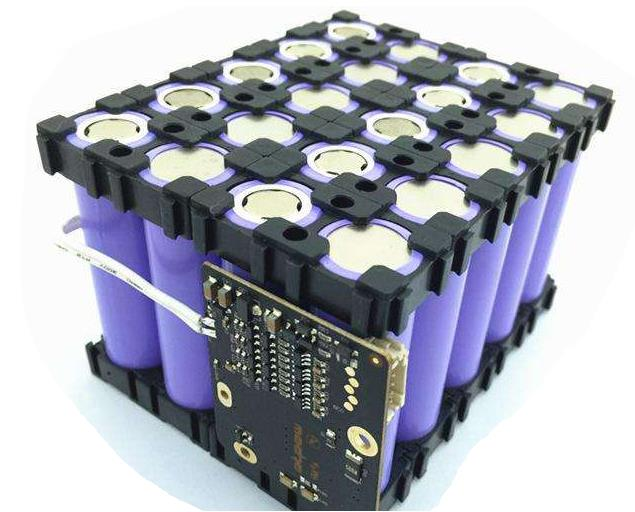How to do the UN38.3 report? How long is the processing period? UN38.3 the report can be handled by Shenzhen Guowei testing agency, calling for consultation, providing information, and mailing samples to our company for testing. The general cycle is about one week. The report can be provided by the third-party testing agency designated by civil aviation, or by battery manufacturers with testing capability. If the test report cannot be provided, civil aviation will prohibit the lithium battery from being transported by air.
UN38.3 refers to paragraph 38.3 of Part 3 of the United Nations Manual of transport tests and standards for dangerous goods specially formulated by the United Nations for the transportation of dangerous goods, which requires that lithium batteries must pass the high simulation, high and low temperature cycle, vibration test, impact test, and In order to ensure the safety of lithium battery transportation, external short circuit test, impact test, overcharge test and forced discharge test at 55 ℃. If the lithium battery is not installed with the equipment, and each package contains more than 24 battery cells or 12 batteries, it must also pass the 1.2 meter free drop test.
Release and content introduction of the new version of UN38.3 (Rev. 5)
Revision. 5 of recommendations on the transport of dangerous goods: Manual of tests and criteria (Rev. 5) was released on December 31, 2009, which will replace the current version of Rev. 4-2003. According to relevant news, transport regulatory authorities in some countries and regions have begun to use the new version, but some regions will implement the new version on January 1, 2011. In the new version of the manual of tests and standards, section 38.3 of the manual still has relatively large changes in the detection requirements for lithium metal and lithium-ion batteries.
Changes
Compared with the original version rev.4-2003 of UN38.3, the main changes of the new version are as follows:
1. There are obvious changes in the definition of large batteries and cells
In Rev. 4, the definition of large battery is that the total lithium content of anode is more than 500g under fully charged state. Large cell refers to the cell whose anode lithium content or lithium equivalent content is greater than 12g when fully charged.
In the new version of Rev. 5, large battery is defined as lithium metal or lithium ion battery with total weight greater than 12kg. The definition of large cell refers to: for lithium metal cell, the anode lithium content is greater than 12g when fully charged; for lithium-ion cell, the rated watt hour is greater than 150wh.
2. The definition of lithium equivalent content in the original version is cancelled in the new version Rev. 5. For lithium-ion batteries and cells, the rated watt hour data is used instead, and the rated watt hour is defined as the product of the rated capacity of the battery (cell) and the rated voltage.
3. Compared with Rev. 4, there are no changes in the test items, test methods and judgment standards contained in the new version of Rev. 5, but the quantity and state of batteries or cells required by each test item have relatively large changes, mainly as shown in the table below:
Although the number of test samples and battery status are greatly changed in the new version, the test scheme and method have not been changed, and the main test process has not been changed. Therefore, there will be no obvious change in the test cycle when the new version is implemented.
At present, the 54 version DGR rules of IATA (International Air Transport Association) stipulate that the precondition of lithium battery air transportation is to meet the test requirements of UN38.3, but the DGR rules do not specify the version of UN38.3. In China, the Civil Aviation Administration of China formulated MH / T 1020-2009 lithium battery air transportation specification in March 2009. Although the UN38.3 version cited is Rev. 4, it only indicates that this version is cited, and the UN38.3 version that needs to be complied with is not specified in the specific specification introduction.
In this regard, Guowei also contacted the relevant personnel from the transportation department of CAAC and the aviation safety technology center to communicate when the new version of UN38.3 will be adopted. The relevant people of CAAC said that under the condition of the new version being released, the test and evaluation of the new version should be given priority. If you have the relevant UN38.3 report processing requirements, you are welcome to contact our staff directly to obtain detailed information such as cost quotation and cycle!

